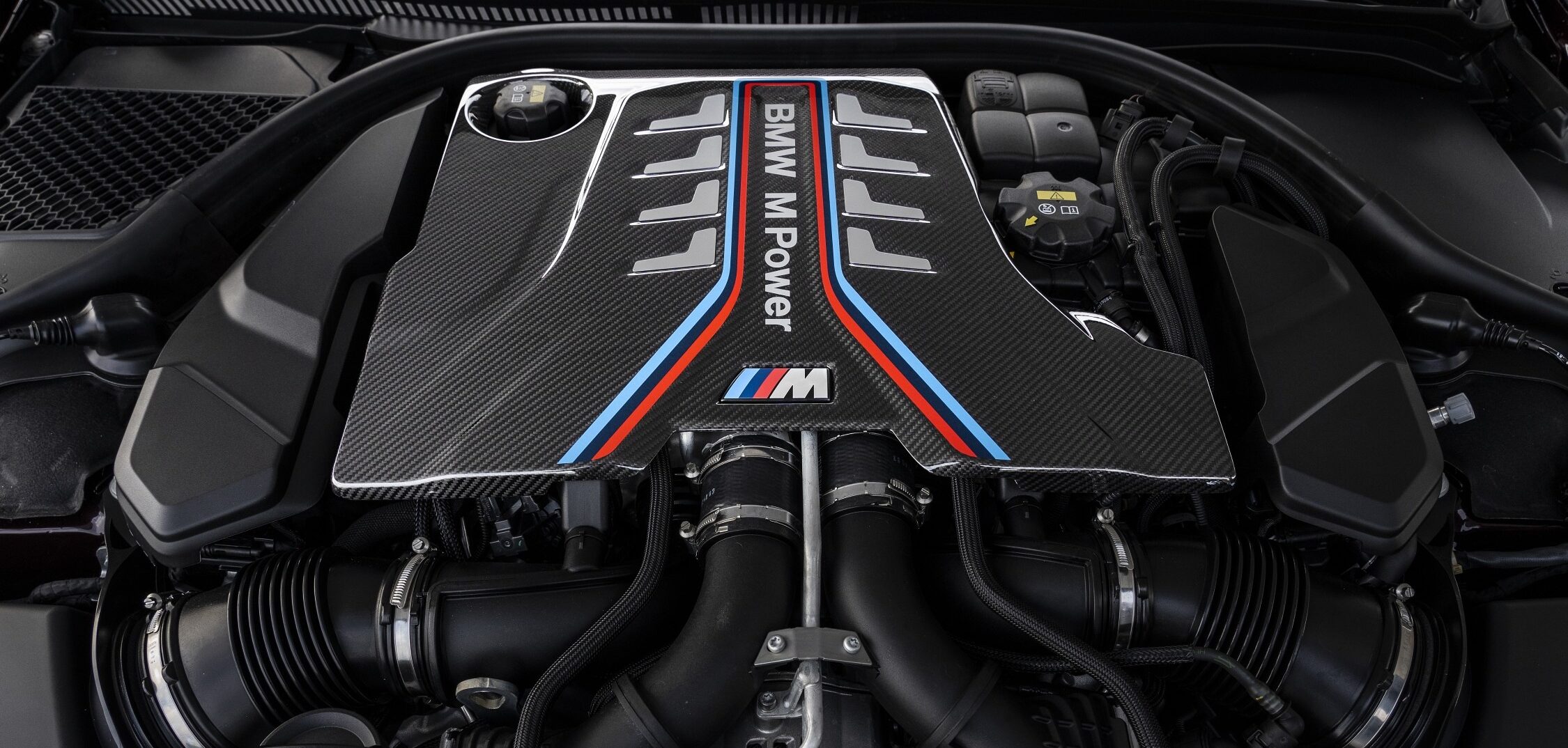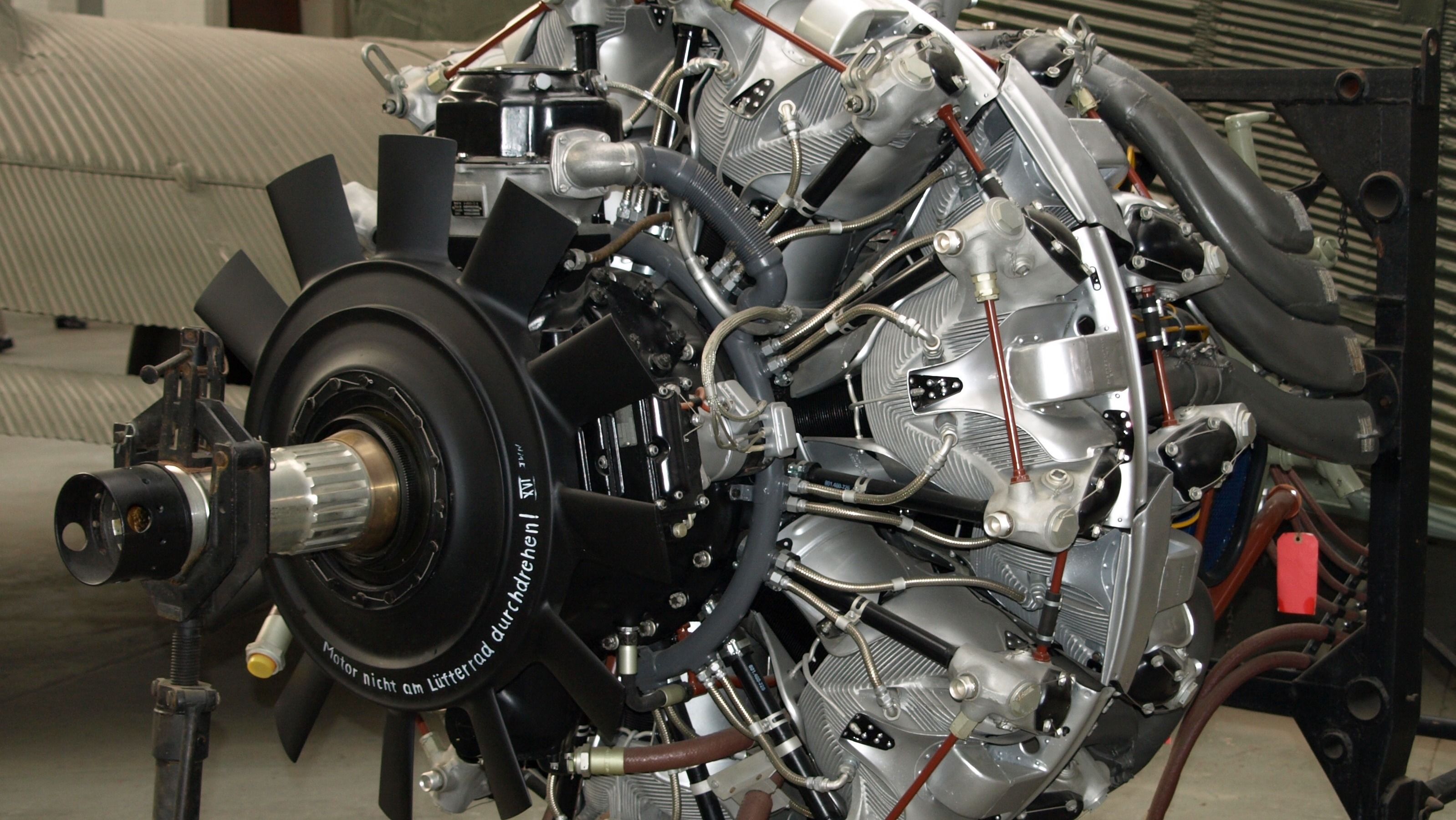Exploring the Efficiency Enhancements of the most recent BMW Engine Designs
Exploring the Efficiency Enhancements of the most recent BMW Engine Designs
Blog Article
Discovering the Evolution of Combustion Engines in Modern Transportation Systems
As we navigate the landscape of modern transport, the advancement of combustion engines stands as a testament to human resourcefulness and engineering prowess. The interaction of history, technology, and ecological issues in shaping the trajectory of burning engines produces a story that is both informative and compelling.
Very Early Beginnings of Combustion Engines
Exactly how did the concept of burning engines very first arise in the very early stages of transport advancement? When the principles of inner combustion were initial checked out, the origins of combustion engines can be mapped back to the 17th century. In 1673, Christian Huygens conceptualized a standard interior burning engine that utilized gunpowder to create power. It had not been until the late 19th century that functional applications of combustion engines in transportation started to emerge.
The development moment included the development of the first successful gasoline-powered engine by Karl Benz in 1885 - bmw engine. This engine led the way for the advancement of the contemporary auto, changing transportation systems worldwide. Subsequent innovations by Nikolaus Otto and Gottlieb Daimler even more fine-tuned burning engine modern technology, resulting in the mass manufacturing of autos and the rapid growth of the transport sector
These very early burning engines were identified by their simpleness and performance, laying the structure for the facility and effective engines utilized in contemporary transportation systems. The development of combustion engines has been important fit the way we take a trip and transport goods, marking a significant landmark in the background of transport advancement.
Shift to Internal Burning Modern Technology
The shift to interior combustion technology noted a crucial shift in the evolution of transport systems. This change began in the late 19th century, with inventors like Nikolaus Otto and Gottlieb Daimler creating the initial successful internal burning engines. These engines changed transport by providing an extra powerful and reliable option to heavy steam engines and electric motors.
Among the crucial advantages of inner burning engines was their capacity to be scaled down to match automobiles, bring about the development of autos and motorcycles. This shift from cumbersome, fixed engines to small, mobile ones paved the way for the contemporary transportation systems we see today.
The transition to inner combustion technology additionally spurred innovations in fuel modern technology, causing the development of gas and diesel as key fuel resources for cars. This change not only made transportation extra available to the masses yet additionally laid the foundation for the oil and gas market to come to be essential to international economies.
Effect of Combustion Engines on Transportation
The adoption of burning engines in transport systems catalyzed a profound change in the efficiency and speed of worldwide mobility. Burning engines transformed transport by giving a reputable and image source functional resource of Our site power for various lorries, including cars and trucks, trucks, airplanes, and ships. This advancement significantly improved the ability for people and goods to relocate over long distances in shorter time frameworks, bring about raised connection in between areas and nations.
Moreover, the widespread use of combustion engines has had a significant effect on economic advancement. The capacity to carry products effectively has spurred trade and commerce, permitting organizations to increase their markets and get to consumers worldwide. This has promoted financial growth and globalization, as products can currently be transferred faster and in larger amounts than ever in the past.
Nonetheless, the ecological effect of combustion engines can not be overlooked. The burning of fossil gas has actually brought about air contamination and greenhouse gas emissions, adding to environment modification and positioning health threats to populaces. bmw engine. Therefore, there is an expanding focus on developing different propulsion modern technologies to alleviate these negative impacts and create an extra sustainable future for transport
Advancements in Combustion Engine Layout
One notable innovation is the development of turbocharged engines, which use exhaust gases to drive a turbine that presses incoming air, enabling for more fuel to be burnt, resulting in increased power result without a substantial rise in engine dimension. Variable valve timing systems have also changed engine layout by maximizing air flow at different engine speeds, boosting both power and performance. These advancements collectively contribute to the continual renovation of combustion engines in modern transport systems.
Future Patterns in Combustion Engine Development
With technology improvements driving continuous advancement, the future of burning engine advancement is positioned to revolutionize transport systems globally. One of the essential fads in combustion engine advancement is the press towards higher performance and reduced discharges.
An additional prominent pattern is the fostering of hybrid technologies in burning engines. Crossbreed engines combine conventional burning modern technology with electric power, providing boosted gas efficiency and lower discharges. As the automobile industry changes towards electrification, crossbreed combustion engines are seen as a transitional solution that connects the space in between standard vehicles and fully electric ones.
Furthermore, the combination of clever modern technologies, such as artificial intelligence and data analytics, is expected to play a considerable function in the future of burning engine advancement. These innovations can maximize engine efficiency in real-time, bring about extra reliable burning procedures and boosted total lorry efficiency. Welcoming these future fads will certainly not just drive advancement in burning engine advancement however likewise add to a more eco pleasant and sustainable transportation ecosystem.

Conclusion
In final thought, the development of combustion engines in contemporary transportation systems has been marked by considerable improvements in modern technology and layout. From the very early starts of combustion engines to the shift to interior combustion technology, these engines have had a profound influence on transportation. Developments in combustion engine design proceed to drive progression in this area, with future fads concentrating on additional enhancing efficiency and reducing emissions. The here future of burning engines in transport looks appealing as research study and development efforts proceed to press limits.
The roots of burning engines can be traced back to the 17th century when the concepts of inner combustion were initial checked out. These engines transformed transport by using a more reliable and powerful alternative to vapor engines and electric motors.

Report this page